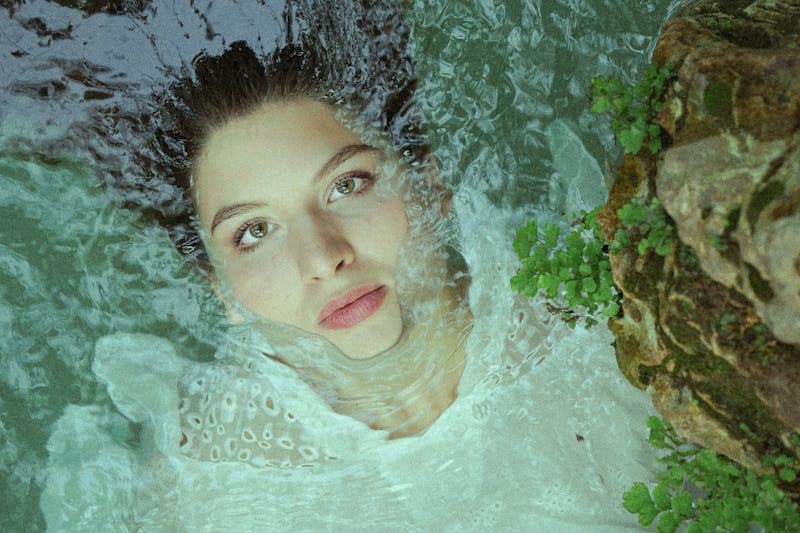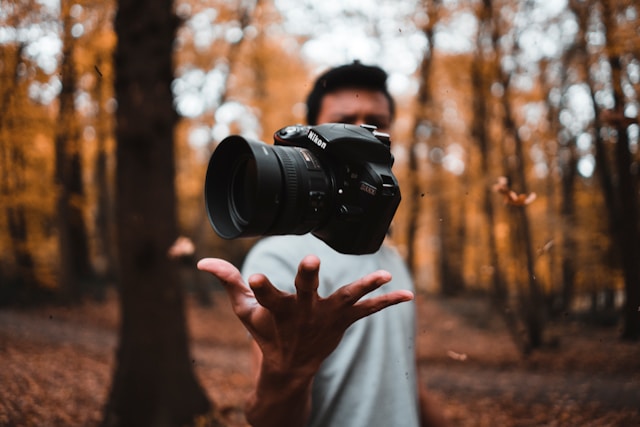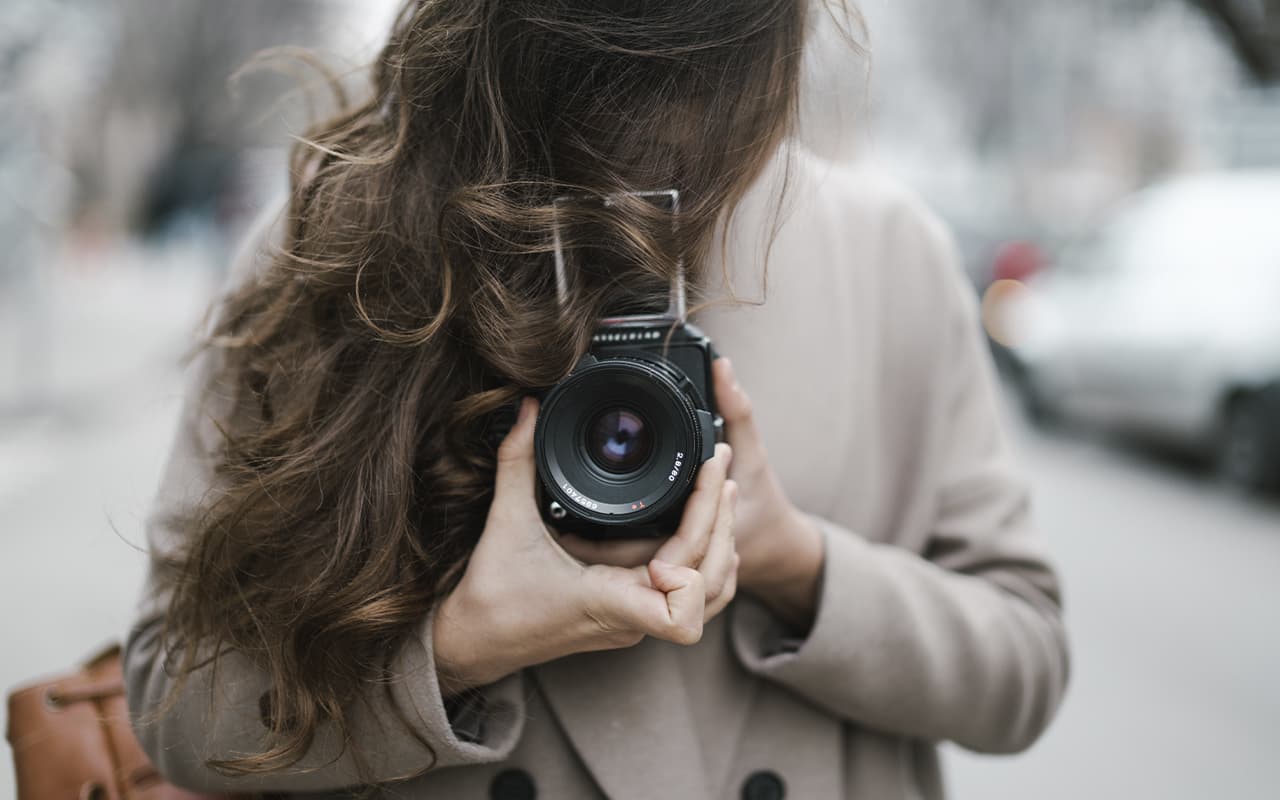Portraiture has been around forever, from those ancient drawings on cave walls to today’s selfies. There’s something captivating about the human face, don’t you think? It’s not just about copying what you see; it’s about capturing the soul of the person. To really nail it, you need a mix of skill, creativity, and empathy. In this guide, we’ll dive into some tricks and advice to help you bring out the personality in your portraits.
Understanding Expression
Before we dive into the nitty-gritty of techniques, let’s talk about what expression really means. Think about it: our faces are like emotional canvases, showing everything from happiness and enthusiasm to sadness and deep thought. So, if you’re an artist focusing on portraits, your main aim is to capture these feelings in a genuine way.
And to do that, you’ve got to have empathy and keen observation skills. Take the time to really look at your subjects’ faces, notice the little shifts in expression, and understand what they’re feeling underneath it all. That’s the key to creating truly captivating portraits.
Composition and Framing
When you’re taking someone’s picture, how you set up the shot is super important. It totally affects how the picture feels and how it hits you. Try out different ways of framing the person to make the picture really pop. One rule to keep in mind is the rule of thirds.
Basically, instead of putting the person smack dab in the middle of the picture, you shift them a bit to the side. It makes the whole thing more interesting to look at. Also, think about what’s going on in the background. If it’s too busy, it can take away from the person you’re focusing on. But if it’s simple or kinda blurry, it helps keep the attention right where it should be—on their face.
Lighting
When you’re taking someone’s picture, how you light them up is super important. It totally changes the vibe and feel of the photo. Try out different ways of lighting, like using sunlight, professional studio lights, or a mix of both. Soft, gentle lighting usually makes people look their best because it smooths out any harsh shadows and bright spots.
Think about where the light is coming from because it can really shape the person’s face and bring out their emotions. You can also play around with reflectors or diffusers to tweak the light and get the look you want.
Focus and Depth of Field
Using selective focus helps you highlight the subject’s face, making the viewer feel closer to them. Try out different apertures to control how much of the background gets blurred while keeping your subject nice and clear. A smaller aperture creates a soft, dreamy vibe, while a larger one gives more detail and context. Pick the right aperture to match the mood and style you want for your portrait.
Capturing Emotion
To really capture the beauty of expressive faces, it’s all about building a connection with the person you’re photographing. Make sure they feel comfortable and relaxed by creating a chill atmosphere.
Chat with them, get them talking, and let their natural expressions shine through. Keep an eye on their body language and facial cues – they can tell you a lot about what they’re feeling. Take your time, be patient, and wait for that magical moment when their expression perfectly reflects who they are.

Post-Processing
Editing your portraits after shooting can really bring out the vibe and make them stand out. But don’t go overboard with it. Too much editing can make your subject look totally fake. Instead, go for small tweaks in things like color, contrast, and tone. That way, you can enhance the overall feel and vibe of the picture. Try out different editing tricks until you find a style that matches what you had in mind and looks good to you.
Practice and Patience
Just like learning any craft, getting really good at drawing portraits requires patience and dedication. If you mess up or things don’t go perfectly at first, don’t sweat it. Keep trying new things and practicing regularly. Look at the work of experienced portrait artists to get ideas and tips. And always keep in mind that every face has its own tale to tell, and your job is to capture that tale as genuinely as you can.
Conclusion
Taking pictures of people’s faces well requires knowing how to use your camera, thinking creatively, and understanding feelings. If you learn about how to arrange your picture, use light well, and keep things sharp, and if you talk to the people you’re photographing, you can make pictures that feel real and meaningful. Be kind and interested when you’re taking someone’s picture, so their true self shows in the photo. If you keep trying and don’t give up, you can get really good at taking pictures of people and make images that show what it means to be human for a long time.



